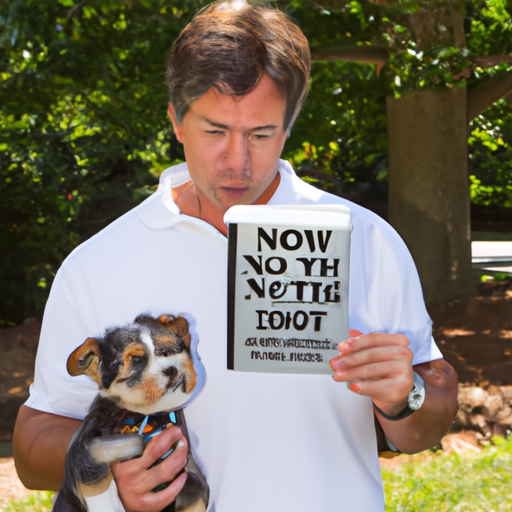Training a dog can be one of the most rewarding experiences in life. It can also be one of the most challenging. But don’t worry! This guide will help you understand how to discipline your dog effectively and compassionately.
1. Understand Your Dog’s Behavior
Firstly, you need to understand why your dog behaves the way it does. Dogs aren’t naughty for the sake of it. They usually have some reasons for their actions.
- Fear: Dogs often misbehave when they’re scared.
- Boredom: Lack of physical and mental stimulation can make dogs destructive.
- Confusion: Dogs might not understand what is expected of them.
Understanding the root cause is the first step in effective dog discipline.
2. Use Positive Reinforcement
Positive reinforcement is the most effective training method. This involves rewarding good behavior, which makes the dog more likely to repeat it. Here are some examples:
- Use treats: Reward your dog immediately after good behavior.
- Use praise: Verbal affirmation can also work as a reward.
- Use toys: Some dogs prefer playtime over food rewards.
It’s important to balance rewards. Over-reliance on treats, for example, can lead to obesity.
3. Avoid Physical Punishment
Physical punishment is not only cruel, but it’s also ineffective. It can even make your dog’s behavior worse. Instead, try these alternatives:
- Timeout: Isolate your dog for a short period after misbehavior.
- Distraction: Divert your dog’s attention when it’s about to misbehave.
- Remove rewards: Take away a toy or treat if your dog misbehaves.
Remember, patience is key when disciplining dogs.
4. Be Consistent
Consistency is critical when disciplining dogs. If you’re inconsistent, your dog will get confused about what’s expected. Keep the following in mind:
| Do’s | Don’ts |
|---|---|
| Reward good behavior every time | Don’t ignore good behavior |
| Correct misbehavior right away | Don’t delay in correcting misbehavior |
| Keep rules consistent | Don’t change rules frequently |
5. Train in Short, Frequent Sessions
Dogs learn best in short, frequent training sessions. Aim for two or three sessions per day, each lasting about 15 minutes. This is more effective than longer, infrequent sessions.
6. Use the Right Tools
Certain tools can make training easier. Consider the following:
- Training clickers: These can be used to mark good behavior.
- Chew toys: These can distract dogs from destructive chewing.
- Leashes and harnesses: These can help control dogs during training.
Always use tools responsibly. Misuse can cause harm or fear.
7. Seek Professional Help if Needed
Sometimes, despite your best efforts, you might need professional help. Don’t hesitate to seek it. A professional trainer can provide valuable insights and solutions.
FAQ
How long does it take to train a dog?
This depends on the individual dog and the behavior you’re trying to teach. Some behaviors can be learned in a few days, while others might take weeks or even months.
What do I do if my dog is aggressive?
Aggression in dogs is a serious issue and should be addressed by a professional. It’s crucial not to attempt to correct aggressive behavior without professional guidance.
Can old dogs be trained?
Yes, old dogs can be trained! It might take a bit more time and patience, but it’s definitely possible.
How do I know if I’m being too harsh or too lenient?
If your dog seems scared of you, you might be too harsh. If your dog ignores your commands, you might be too lenient. It’s all about finding a balance.
Remember, disciplining your dog is not about punishment. It’s about teaching them to be a happy, well-behaved member of your family. Happy training!



